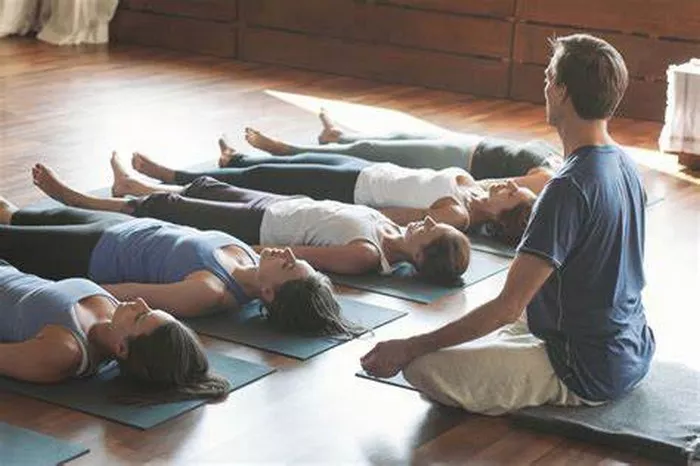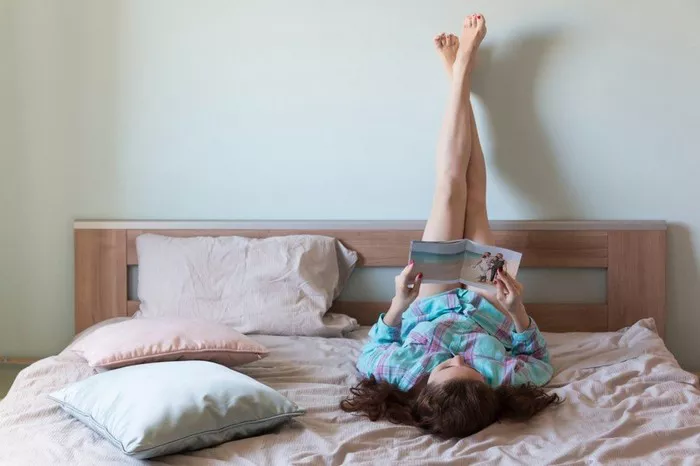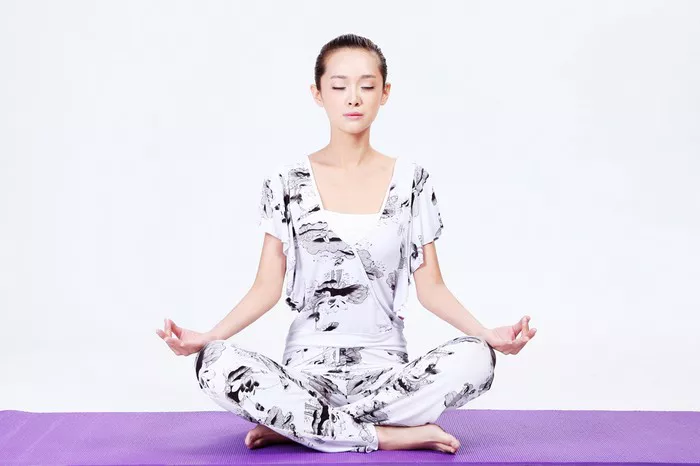Sleep is a fundamental aspect of overall well-being, yet many individuals struggle to attain restful and rejuvenating sleep regularly. Factors such as stress, anxiety, and lifestyle habits can significantly impact sleep quality, leading to disturbances and sleep disorders. While various interventions exist to address sleep difficulties, the ancient practice of pranayama offers a natural and effective approach. Pranayama, which translates to “control of breath,” encompasses a range of breathing techniques that harmonize the mind, body, and spirit. In this article, we delve into the best pranayama techniques specifically tailored to promote better sleep and explore their mechanisms of action.
Understanding the Importance of Sleep
Before delving into pranayama techniques, it’s essential to grasp the significance of quality sleep for overall health and well-being. Sleep plays a crucial role in cognitive function, emotional regulation, immune function, and physical health. Insufficient or poor-quality sleep can lead to a myriad of health issues, including increased stress levels, impaired cognitive function, weakened immune system, and heightened risk of chronic diseases such as obesity, diabetes, and cardiovascular disorders.
The Link Between Pranayama and Sleep
Pranayama is an integral component of yoga, an ancient Indian practice that aims to unite the mind, body, and spirit. Through controlled breathing techniques, pranayama facilitates relaxation, reduces stress, and promotes inner balance. These effects make pranayama an excellent tool for improving sleep quality. By calming the mind and activating the body’s relaxation response, pranayama can help individuals transition into a state conducive to deep and restful sleep.
Best Pranayama Techniques for Sleep
1. Sama Vritti (Equal Breathing): Sama Vritti, or equal breathing, involves inhaling and exhaling for an equal duration. This technique helps regulate breathing patterns, calm the mind, and induce relaxation, making it ideal for promoting sleep. To practice Sama Vritti, inhale deeply through the nose for a count of four, then exhale through the nose for the same count. Repeat this cycle for several minutes, gradually increasing the duration as comfort allows.
2. Nadi Shodhana (Alternate Nostril Breathing): Nadi Shodhana, also known as alternate nostril breathing, balances the flow of energy in the body and clears the mind of distractions. By alternating between the left and right nostrils, this pranayama technique harmonizes the nervous system and induces a state of calm conducive to sleep. To practice Nadi Shodhana, sit comfortably with a straight spine. Close the right nostril with the right thumb and inhale deeply through the left nostril. Then, close the left nostril with the ring finger, release the thumb, and exhale through the right nostril. Continue this pattern, alternating nostrils with each breath.
3. Bhramari (Humming Bee Breath): Bhramari pranayama involves producing a soft humming sound while breathing, which has a tranquilizing effect on the mind and nervous system. This technique helps alleviate stress, anxiety, and insomnia, making it an excellent practice for promoting sleep. To practice Bhramari, sit comfortably with closed eyes. Inhale deeply through the nose, then exhale slowly while making a gentle humming sound like that of a bee. Feel the vibrations resonate throughout the body, calming the mind and inducing relaxation.
4. Sheetali (Cooling Breath): Sheetali pranayama involves inhaling through a rolled tongue or slightly parted lips, creating a cooling sensation in the body. This technique helps reduce body temperature, soothe the nervous system, and alleviate stress, making it beneficial for promoting sleep, especially during hot weather or times of heightened tension. To practice Sheetali, sit in a comfortable position with a straight spine. Roll the tongue into a tube shape or part the lips slightly, inhale deeply through the mouth, and then exhale through the nose. Continue this cycle for several breaths, focusing on the cooling sensation with each inhalation.
5. Ujjayi (Victorious Breath): Ujjayi pranayama, characterized by the audible sound of breath produced by constricting the throat slightly, promotes relaxation, mental clarity, and concentration. This technique soothes the nervous system, relieves tension, and prepares the mind and body for sleep. To practice Ujjayi, sit or lie down comfortably. Inhale deeply through the nose while slightly constricting the back of the throat, creating a soft hissing sound. Exhale slowly through the nose using the same constriction. Continue this rhythmic breathing pattern, focusing on the sound and sensation of the breath.
Mechanisms of Action
The effectiveness of pranayama techniques for improving sleep can be attributed to their impact on the autonomic nervous system (ANS), which regulates involuntary bodily functions such as heart rate, digestion, and respiratory rate. By engaging in slow, deliberate breathing patterns, pranayama activates the parasympathetic branch of the ANS, also known as the “rest and digest” response. This induces a state of relaxation characterized by lowered heart rate, reduced blood pressure, and enhanced digestion, all of which contribute to better sleep quality.
Additionally, pranayama techniques promote mindfulness and present-moment awareness, which can help individuals let go of racing thoughts, worries, and stressors that often interfere with sleep. By directing attention to the breath and sensations within the body, pranayama cultivates a sense of inner calm and tranquility, paving the way for restful sleep.
Incorporating Pranayama Into Your Bedtime Routine
To reap the benefits of pranayama for sleep, consider integrating these techniques into your bedtime routine. Allocate a few minutes each night to practice pranayama in a quiet, comfortable space free from distractions. Experiment with different techniques to find what resonates best with you and adapt your practice as needed. Consistency is key, so aim to make pranayama a regular part of your evening ritual to maximize its effectiveness.
In addition to practicing pranayama before bed, you can incorporate mindfulness techniques such as meditation, gentle yoga stretches, or progressive muscle relaxation to further enhance relaxation and prepare the body and mind for sleep. Creating a calming bedtime environment by dimming lights, reducing screen time, and engaging in soothing activities can also complement your pranayama practice and promote better sleep hygiene.
Conclusion
Incorporating pranayama techniques into your bedtime routine can be a powerful strategy for improving sleep quality and promoting overall well-being. By harnessing the breath as a tool for relaxation and inner balance, pranayama offers a natural and accessible approach to addressing sleep difficulties and cultivating restful sleep. Whether you’re dealing with occasional sleep disturbances or chronic insomnia, integrating pranayama into your nightly routine can help you find peace and tranquility, allowing you to awaken feeling refreshed, rejuvenated, and ready to embrace the day ahead.

















